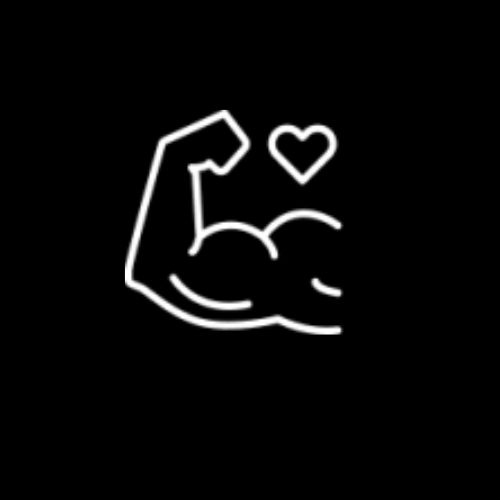
Rewiredmassage1096
Uploaded on Apr 4, 2024
Category
Health & Medicine
Go through this comprehensive guide to sports injuries, covering causes, symptoms, and effective recovery methods. Learn how sports massage therapy plays a pivotal role in healing from acute traumas and chronic overuse injuries.
Category
Health & Medicine
Sports Injuries - Causes, Symptoms, and Recovery Methods
Sports Injuries: Causes, Symptoms,
and Recovery Methods
Sports injuries are a common occurrence among athletes of all levels,
from amateurs to professionals. These injuries can vary from minor
sprains and strains to more serious fractures and dislocations. In this
case, recognizing the symptoms and knowing the appropriate recovery
methods are crucial for effective treatment and rehabilitation.
Causes of Sports Injuries
Sports injuries can stem from various factors, including acute trauma or
chronic overuse. Acute injuries typically result from sudden impacts,
collisions, or bad movements during sports activities. Examples include
B y - R e w i r e d M a s s a g e Page
cuts, sprained ankles, and bone fractures. On the other hand, chronic
injuries develop gradually over time due to repetitive stress on specific
joints or muscle groups. Common causes of chronic injuries include
improper technique, inadequate warm-up, and overtraining.
Symptoms of Sports Injuries
Recognizing the symptoms of sports injuries is essential for prompt
diagnosis and treatment. Symptoms may vary depending on the type
and severity of the injury but commonly include pain, swelling, and
decreased range of motion. Acute injuries often present with sudden
onset symptoms, such as sharp pain and immediate swelling, while
chronic injuries may manifest as persistent discomfort and stiffness.
Recovery Methods
Effective recovery from sports injuries requires a comprehensive
approach that addresses both the physical and psychological aspects of
rehabilitation. Sports massage therapy plays a crucial role in promoting
healing and restoring optimal function. Unlike traditional
physiotherapy, which focuses on exercises and stretches, sports
massage therapy utilizes hands-on techniques to alleviate muscle
tension, improve circulation, and expedite recovery.
For instance, knee injuries, such as anterior cruciate ligament (ACL)
tears, are common among athletes engaged in high-impact sports like
football and basketball. While surgery may be necessary in severe
cases, sports massage therapy is an integral part of the rehabilitation
process.
B y - R e w i r e d M a s s a g e Page
Techniques like deep tissue massage and myofascial release help
reduce inflammation, increase flexibility, and enhance overall joint
function.
Similarly, tennis elbow, a condition characterized by pain and
inflammation in the tendons of the elbow, can significantly impact
athletic performance.
Sports massage therapy offers targeted treatment to alleviate pain and
restore mobility. Modalities like ultrasound and electrical stimulation
B y - R e w i r e d M a s s a g e Page
complement massage therapy by providing deep tissue heating and
pain relief.
In addition to massage therapy, other recovery methods include the
application of PRICE principles: protection, rest, ice, compression, and
elevation. Protecting the injured area from further damage, resting to
allow for proper healing, and applying ice to reduce inflammation are
essential steps in the early stages of injury management. Compression
bandages help control swelling, while elevation promotes fluid drainage
and reduces pain.
Moreover, maintaining a holistic approach to recovery involves
addressing psychological factors such as fear of reinjury and frustration
with the rehabilitation process. Mental resilience and positive attitude
play a crucial role in overcoming setbacks and achieving long-term
recovery goals.
Prevention Strategies
While effective treatment and rehabilitation are vital aspects of
managing sports injuries, prevention remains the best approach.
Athletes can reduce their risk of injury by incorporating proper warm-
up and cool-down routines, using appropriate protective equipment,
and practicing good technique. Additionally, cross-training and
incorporating rest days into training schedules can help prevent
overuse injuries associated with repetitive motion.
For sports massage therapy, consult with Rewired Massage Therapists at
07496011054
B y - R e w i r e d M a s s a g e Page

Comments